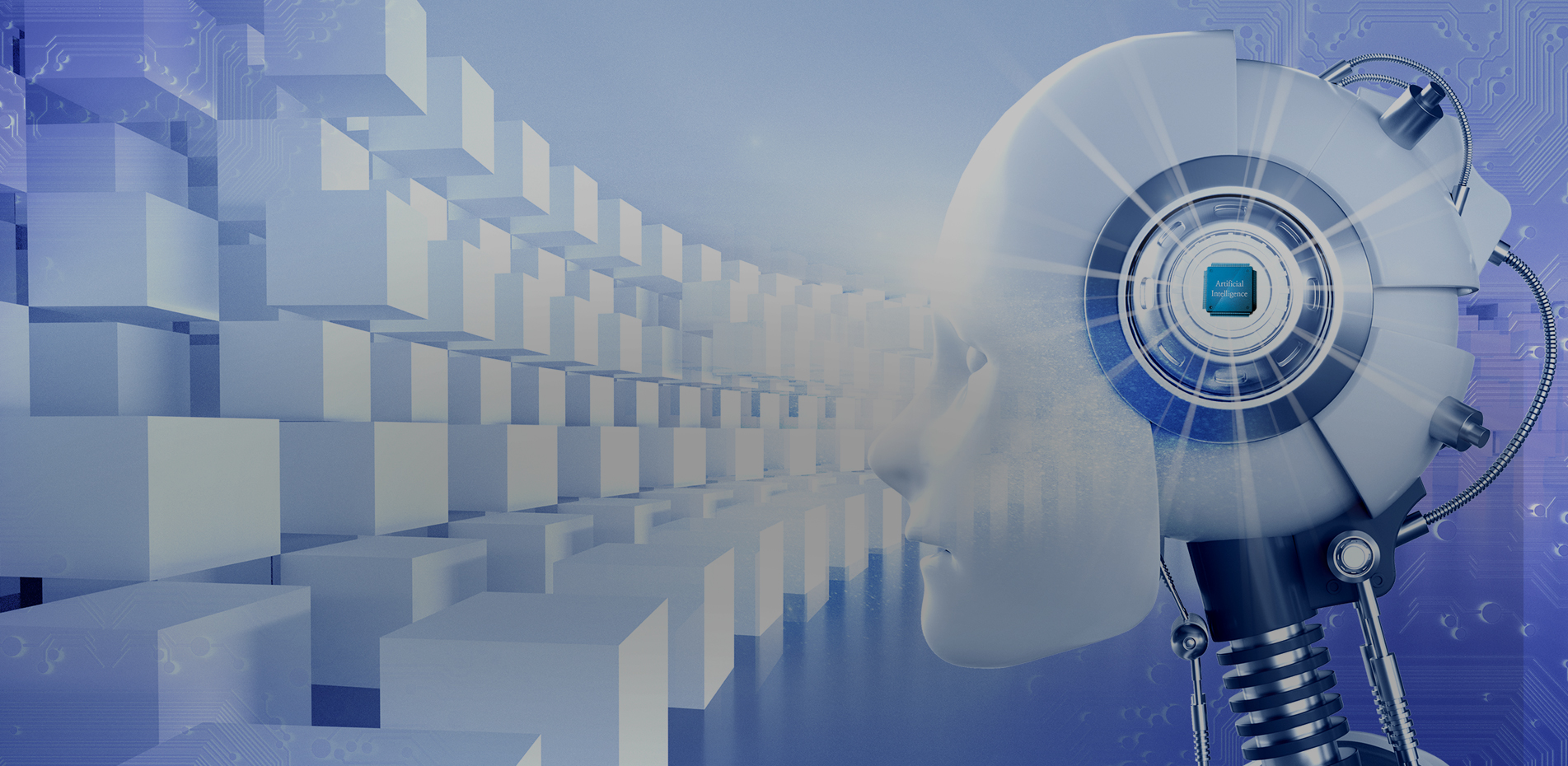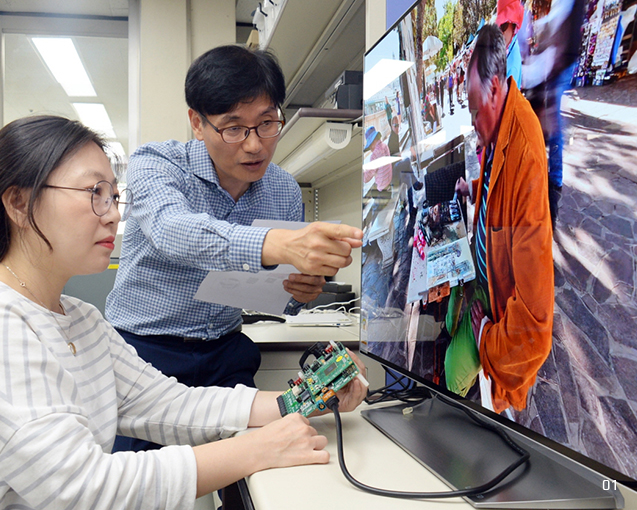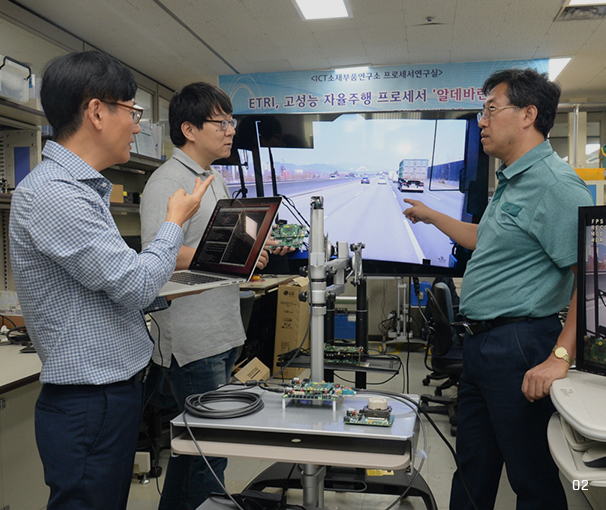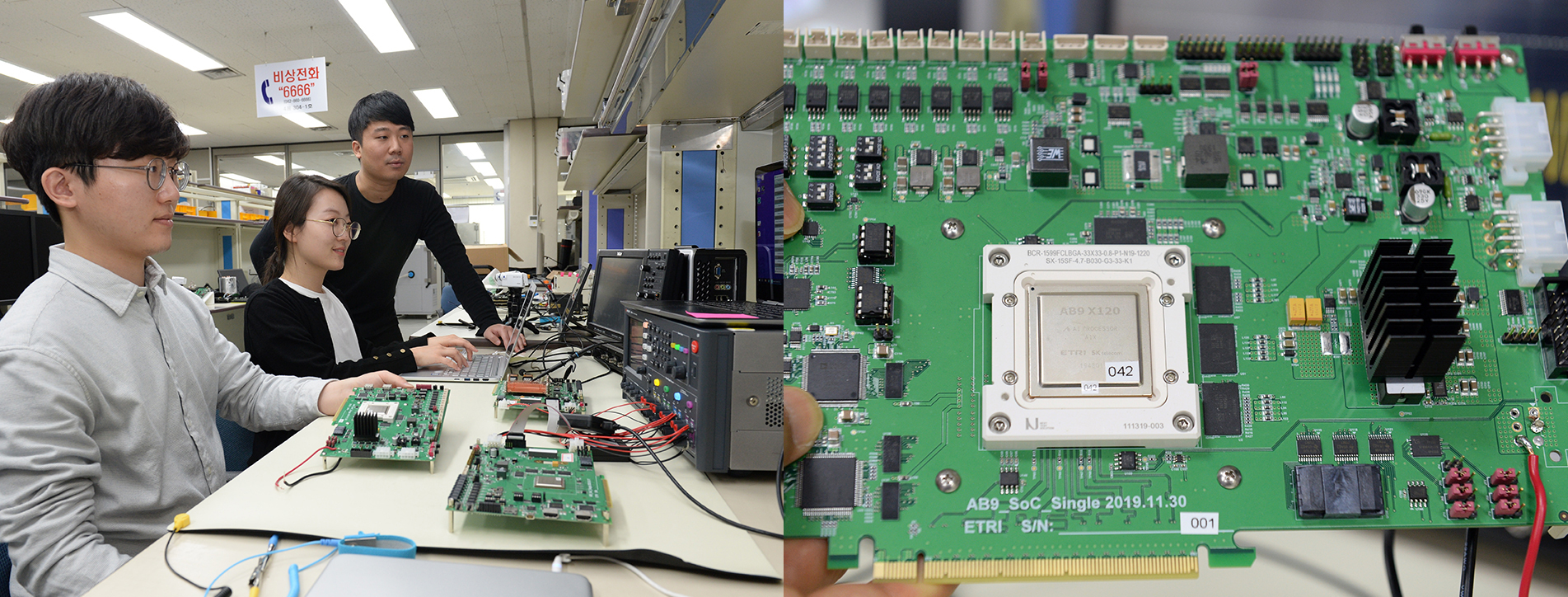
ICT Trend
Mobile visual intelligence semiconductor
with human-level cognitive ability
Visual intelligence semiconductor
-
Technologies in movies
realized with intelligent
semiconductors -
SF movies telling stories of AI have been immensely popular since the 1980s, fulfilling the technical expectations of the audience with diverse representations. The super vehicle KITT from [Knight Rider], the massively popular US TV show, appears as the crime-fighting car based on advanced AI capable of talking with the protagonist beyond autonomous driving. The AI tech in the show seemed to advance to the level of self-learning and making predictions, not just providing predefined functions.
Andrew, the android servant in the movie <Bicentennial Man>, is described as being capable of creating its own work of art and thinking on its own beyond doing chores like taking care of children. Jarvis, the combat assistant AI of <Iron Man>, can understand dilemma and paradox with a high level of literary sense. Samantha in <Her> shares diverse emotions with humans through communication and learning thanks to high-performance data processing.
-
An autonomous vehicle with Aldebaran in demonstration
-
Note, however, that the current AI is not capable of feeling emotions or thinking on its own like those in the movies. Currently, some AI applications can exceed the accuracy and prediction capability of humans in some fields requiring exponential amounts of computations. Especially they are good at analyzing patterns with visual or auditory sense, enough to distinguish things like humans.
How far has the fast data processing technology advanced, which serves as the basis of these AI applications? The intelligent semiconductor developed by ETRI is a good example. ETRI came up with Aldebaran (AB3) for unmanned vehicles in 2016 and its sequel, AB5, for autonomous vehicles in 2017.
-
Aldebaran
The new version of CPU that ETRI has
been working on


-
01
Aldebaran determining and categorizing
objects through learning beyond image
processing02
ETRI developed Aldebaran (AB3, AB5)
for unmanned vehicles
-
Aldebaran going
through upgrades -
The intelligent semiconductor technology unveiled by ETRI in 2017 was as small as a fingernail but capable of recognizing objects with human-like accuracy and speed. The object recognition technology used to be applied to limited fields such as recognizing license plates, lanes, and faces, but the current AI-based recognition can determine and categorize objects by learning them, beyond processing input of images thanks to recognition processing structures similar to the neural networks of humans.
Global players are also working on processors with similar capabilities but face the issue of too much power consumption required for real-time processing of a large amount of data. The ETRI team realized visual intelligence capable of recognizing general objects in real time on mobile ICT platforms thanks to its in-house high-efficiency process design. It also boasts of the world's top-level power efficiency.
By late February, ETRI announced that its researchers developed the “AB9” chip, a new version of the in-house performance processor Aldebaran, and that the chip is going through final performance verification for voice recognition services of local carriers.

